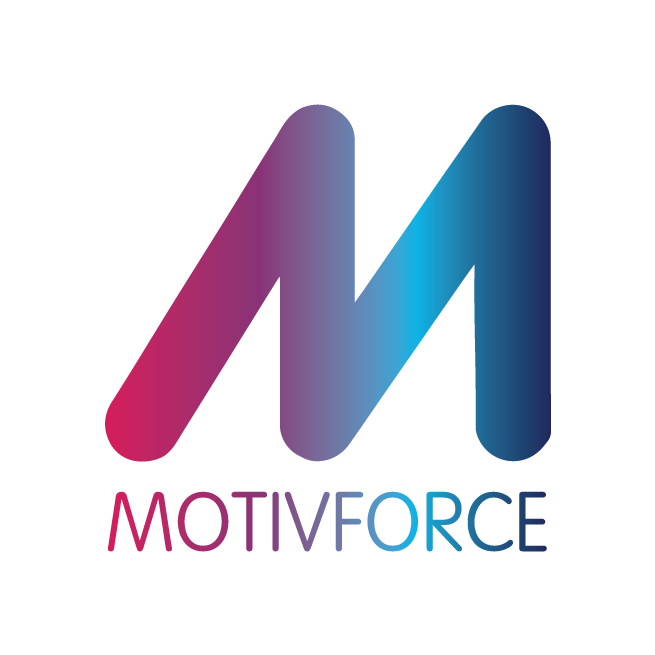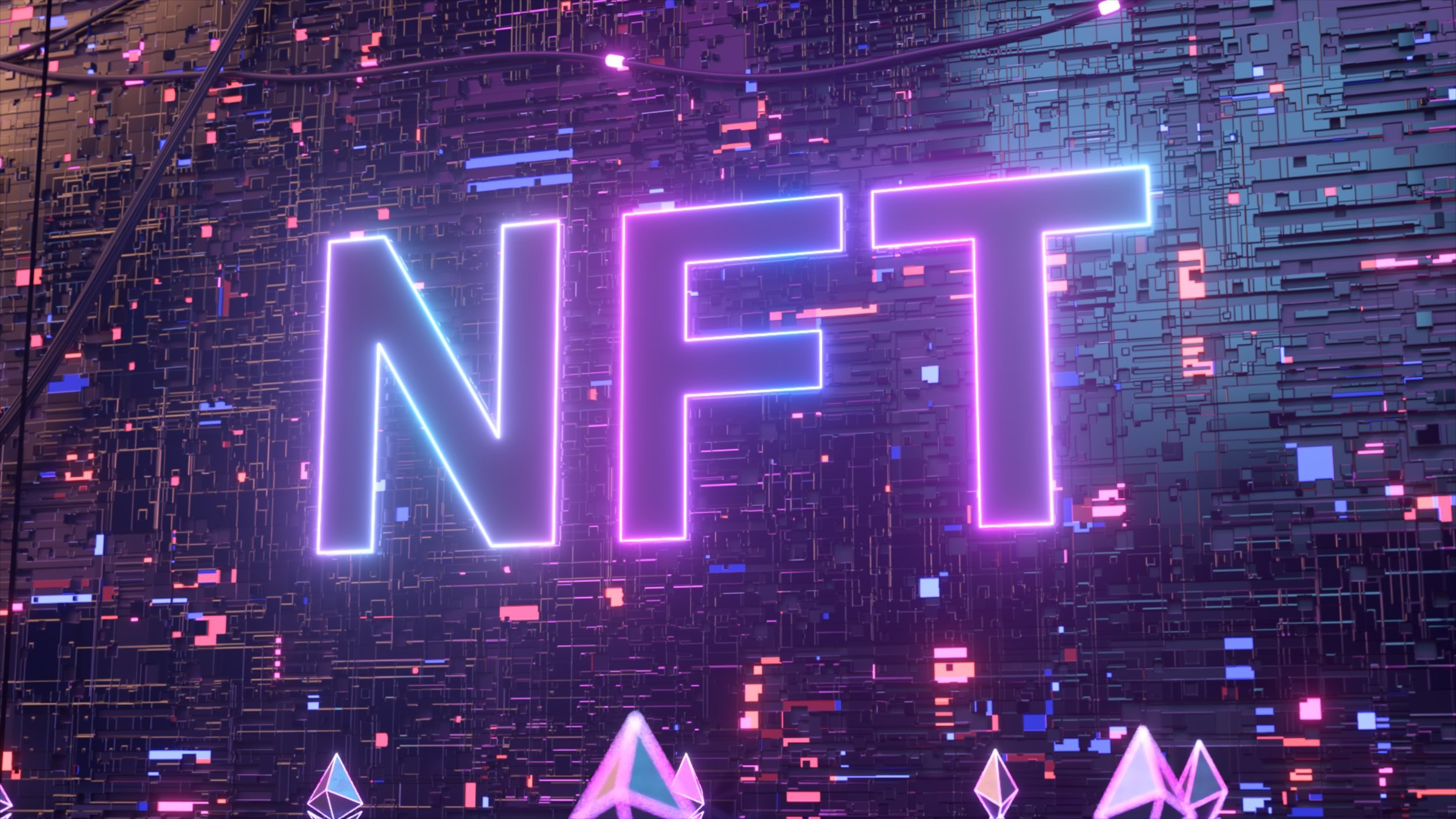Soft Benefits Of Channel Loyalty Programs Have Staying Power
Soft Benefits Of Channel Loyalty Programs Have Staying Power
by Dr. David Cox
Getting the balance right between the hard and soft benefits of your channel loyalty program can be the key to its effectiveness.
“HARD,” or economic, benefits include discounts; points for rewarded activities; complimentary goods; and bonus offers. The expected gain of an economic benefit is an economic value proposition, or savings advantage, in return for being an active program participant.
The problem with focusing solely on hard benefits is that a competitor or a company … can easily replicate them, thus negating any differential value to the program participant. In fact, channel loyalty programs that focus solely on hard, economic benefits face the increased likelihood of their program spiraling into a discount war with competing channel loyalty programs. Economic benefits represent the primary drivers of loyalty program failures in recent years.
“SOFT,” or non-economic, benefits focus on creating attributes within the channel loyalty program that are difficult for competitors to replicate, while creating value for the program participant. However, determining which soft benefits are effective and can be deployed in a B2B loyalty program continues to be a challenge for many program managers.
WHAT'S THE ANSWER?
A number of recent studies have given us insights into which soft benefits our clients should invest in to boost the success of their B2B loyalty program. These are broadly grouped into “Relational Benefits” and “Cognitive Benefits” as follows:
Relational benefits
Loyalty programs that build a network that connects program participants with each other and with the sponsoring organization yield positive results. This includes real-time chat options with program operators and their help desk, online blogs offering advice and recommendations on the sponsoring firm’s products and services, and networking functions and group incentive travel as part of the reward mix.Additionally, this free flow of information provides an effective method for customer feedback, positive reviews of program content by participants, as well as the opportunity for you to enhance your marketing communications when launching new products and services. Relational benefits can be measured in terms of trust and trustworthiness, commitment and the free flow of information. When two parties trust each other, they are more willing to undertake purchases without worrying that they will be exploited in the transaction.
Cognitive benefits
These are shared interpretations among program participants that build solidarity and identity. Cognitive benefits are measured in terms of the existence of a shared language, a shared code (defined as a frame for referencing, observing and interpreting the environment), shared identity and values. Creating a sense of shared identity by introducing visual cues and tangible articles such as membership cards, branded clothing, luggage tags and work-related items, can be effective cognitive soft benefits. These visual cues communicate both membership and status within the program. Identity cues also elevate the customer program from being perceived as a discount scheme to a structure that creates a relationship where the success of an individual member is entwined with the success of the program.
Common status identity cues such as gold, silver and bronze participant levels also work effectively to promote a sense of belonging to the program and encourage members to work towards attaining higher recognition. Examples include access to restricted services and products; “waivers and favors,” priority telephone hotlines, concierge services and exclusive access to critical market information.
Lastly, for cognitive structures to be effective, program managers should focus on developing a common language with words and acronyms in program communications that have special meaning to participants — this can be developed through program newsletters, individual participant communications, content on the program website and specific terms in the loyalty program rules.
While hard benefits grab the headline attention of loyalty program participants and tantalize them with economic rewards — it is often the soft benefits that will keep participants loyal to your channel program in the long term.
This article was originally published on DemandGen Report











Uncover insights from Motivforce's latest research on channel partner loyalty programs. Learn strategies to navigate mixed feelings, foster genuine gratitude, and boost overall program ROI.